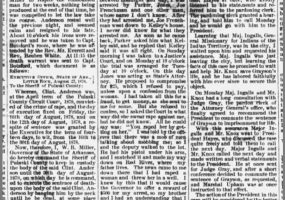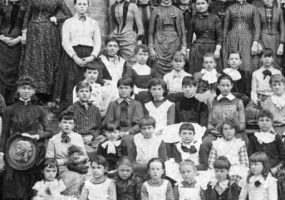calsfoundation@cals.org
1875 - 1900
Post-Reconstruction through the Gilded Age























aka: State Woman's Suffragist Association




aka: Sam Jackson (Lynching of)







